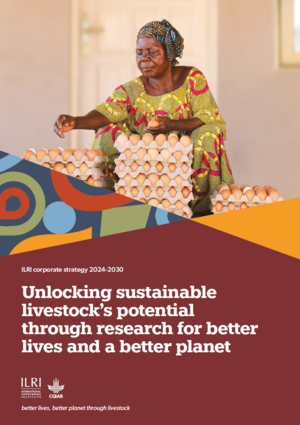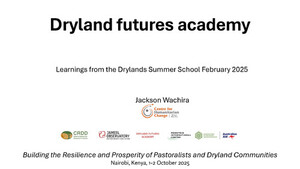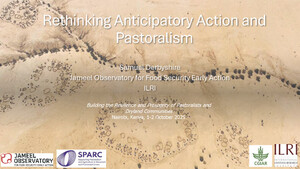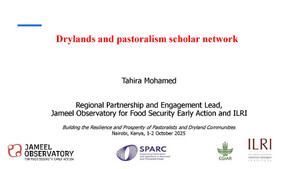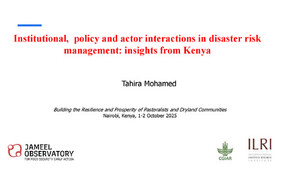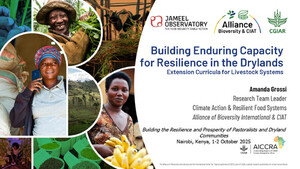
Livelihood mapping and poverty correlates at a meso-level in Kenya
Abstract
We identify and map critical spatial factors grouped into natural, human, social, financial and physical capital assets, which largely determine livelihood options, strategies and welfare of agro-pastoral communities in a semi-arid district of southern Kenya. Our approach builds upon new, relatively high-resolution spatial poverty data and refines participatory land-use mapping methods, making valuable information on natural and social resource availability and access useful for policy makers. While most poverty analyses focus on the household, we employ quantitative spatial data analysis methods to examine the spatial correlates of meso-, or community-level poverty incidence. The results suggest that variables influencing poverty levels in this district include pasture potential, livestock density, distance to a major town, road density, access to education, access to security, soil fertility and agricultural potential. Because of the participatory research process taken, these results are already feeding into both local- and national-level policy processes aimed at reducing poverty in Kenya.
Citation
Kristjanson, P., Radeny, M., Baltenweck, I., Ogutu, J. and Notenbaert, A. 2005. Livelihood mapping and poverty correlates at a meso-level in Kenya. Food Policy 30(5-6):568-583.




